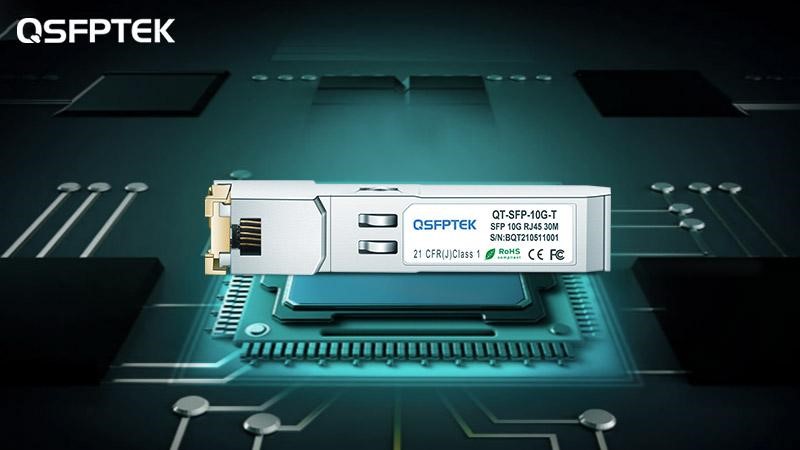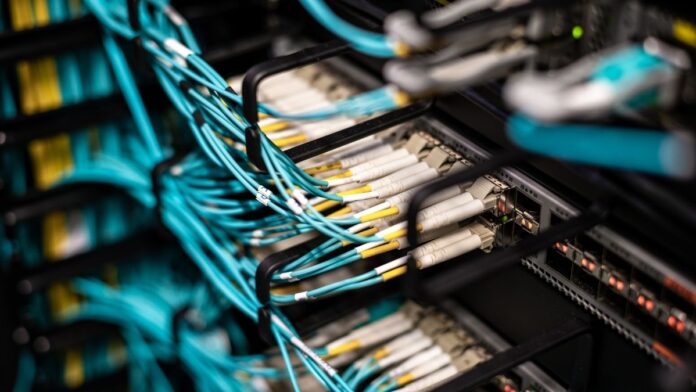10 Gigabit Copper UTP vs STP: Cabling System Construction
Judging from the 6A unshielded released on the market, in order to achieve the ANEXT index, general wiring manufacturers increase the actual separation distance between cables by increasing the outer diameter of the cables, but the excessively thick outer diameter makes 6A unshielded requires more and thicker pipe grooves, as well as a larger bending radius (generally requires a bending radius of at least 4 times the outer diameter of the cable), and there is also a limit to the density of cable ties. Can not be mixed with Category 5e or Category 6 in a wire slot or bridge, so as not to affect the ANEXT index due to signal transmission at different rates. TIA/EIA 568B.2-11 stipulates that the diameter of 6A cable should not exceed 8.99mm. The diameter of the 6A unshielded twisted pair currently on the market is at least 30% larger than that of Category 6 unshielded twisted pair, and at least 10% larger than that of 6A shielded twisted pair. The increase in the cable diameter means the cost of the trunking/conduit will increase, and the number of 6A shielded cables is at least 30% higher than the number of 6A unshielded cables using the same trunking and the same filling ratio.
Another way of saying that the 6A unshielded cable increases the wire diameter is: the 6A shielded cable and the unshielded cable both increase the wire diameter. Compared with the 5e and 6 categories, the 6A project must take this into account. A little, in fact, currently on the market. The wire diameter of 6A shielded and 6A unshielded is not much different. At the same time, during construction, do not only consider the wire diameter, the bending radius of the shielded system itself is larger than that of the unshielded system: for example: the bending radius of the unshielded four-pair twisted pair cable should be at least 4 times the outer diameter of the cable; The bending radius of the twisted pair cable should be at least 6 to 10 times the outer diameter of the cable.
Although everyone has different opinions about the construction problems caused by the size of the 6A wire diameter, no matter what the statement and basis are, one thing is certain, in order to ensure the transmission performance of the 10 Gigabit copper cable, the construction of the 6A system must be will require more strictness and accuracy.
10 Gigabit Copper UTP vs STP: Project Cost
Before the advent of 10 Gigabit Ethernet, it was widely believed that the price of shielded cabling systems was higher than that of unshielded cabling systems. With the development of shielding product manufacturing technology and the emergence of 10 Gigabit Ethernet networks, this phenomenon has become a thing of the past. The use of 6A shielding system in the cost of wiring materials, 10GBASE-T optical module cost, wiring trough cost, testing cost, comprehensive cost of ownership (TCO ), the return on investment (ROI) and other aspects are superior to the 6A unshielded system.

The engineering cost of the wiring system consists of the supply price of the product system manufacturer (ie the purchase price of the engineer), the cost of construction, installation and testing of the engineer, the reasonable profit of the engineer, and the statutory tax rate. At present in the industry, there are indeed many manufacturers who support the view that “category 6A copper cable shielding system has a cost advantage”, and believe that category 6A copper cable shielding system has more price advantages than non-shielding system. Unshielded twisted pair products increase the physical separation between cables by increasing the cable diameter to eliminate the influence of external crosstalk (ANEXT). Therefore, Category 6A copper unshielded twisted pair (UTP) is better than Category 6A copper shielded twisted pair (STP or FTP) uses more raw materials, and in addition, in order to perform external crosstalk (ANEXT) testing, it also increases the related testing costs.
But in fact, for the project cost, due to the existence of a number of cost components, there is a certain uncertainty, it is difficult to determine the price comparability of the 6A copper cable unshielded system and the shielded system. In addition, in the case of different manufacturers and different material grades, there is a lack of comparability.
At the same time, the quality of a 6A system is often not the decisive factor for the cable itself, but the construction quality is more critical. However, 6A puts forward high requirements for construction quality, especially the shielding system, which has higher requirements for construction quality. The shielding system also increases the requirements for grounding. It is not comprehensive to ignore the cost of grounding. The quality of the construction team is difficult to measure by price.
For more questions about 10GBASE-T optical modules and 10 Gigabit copper cabling, please consult the QSFPTEK technical team.









